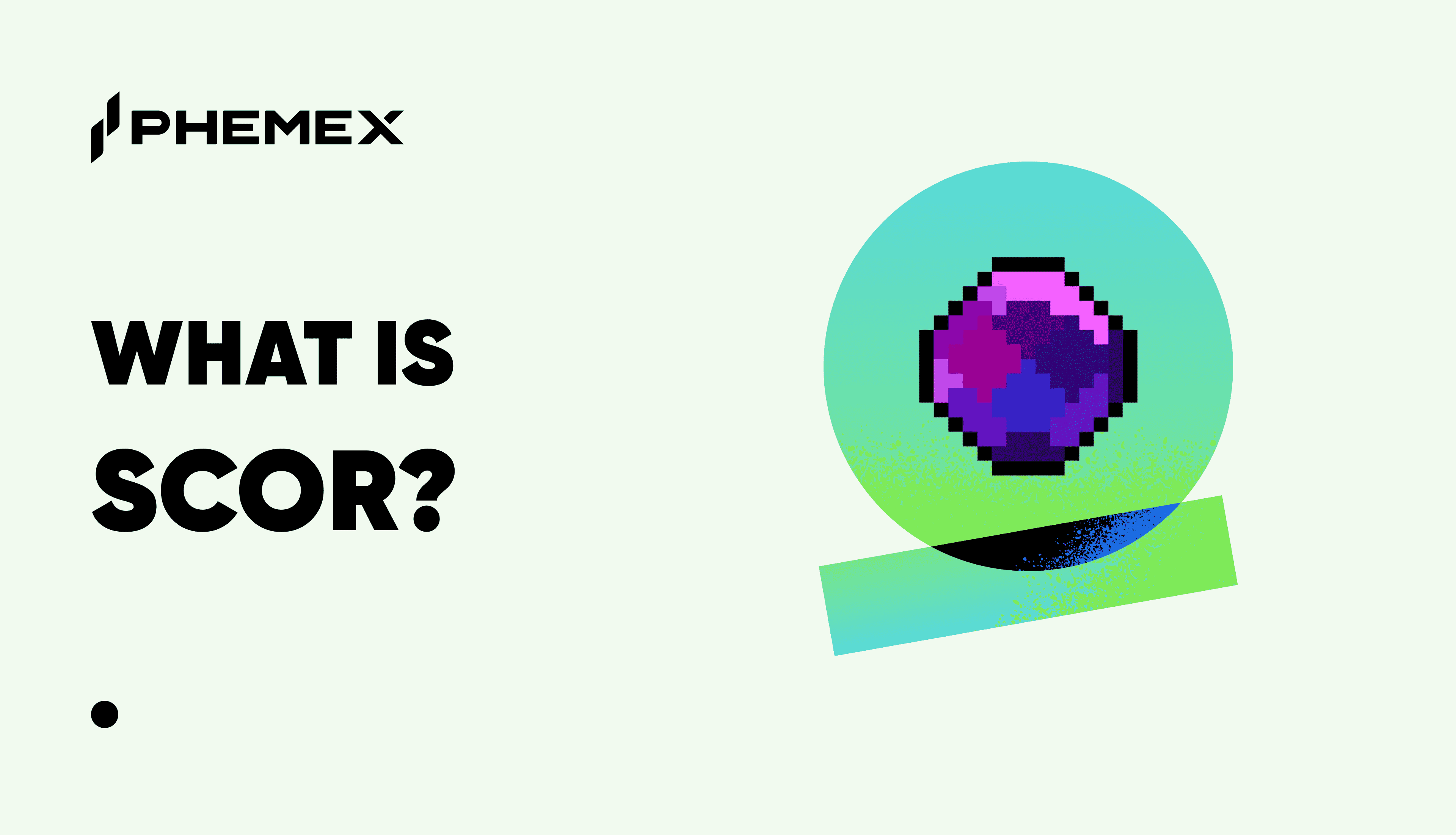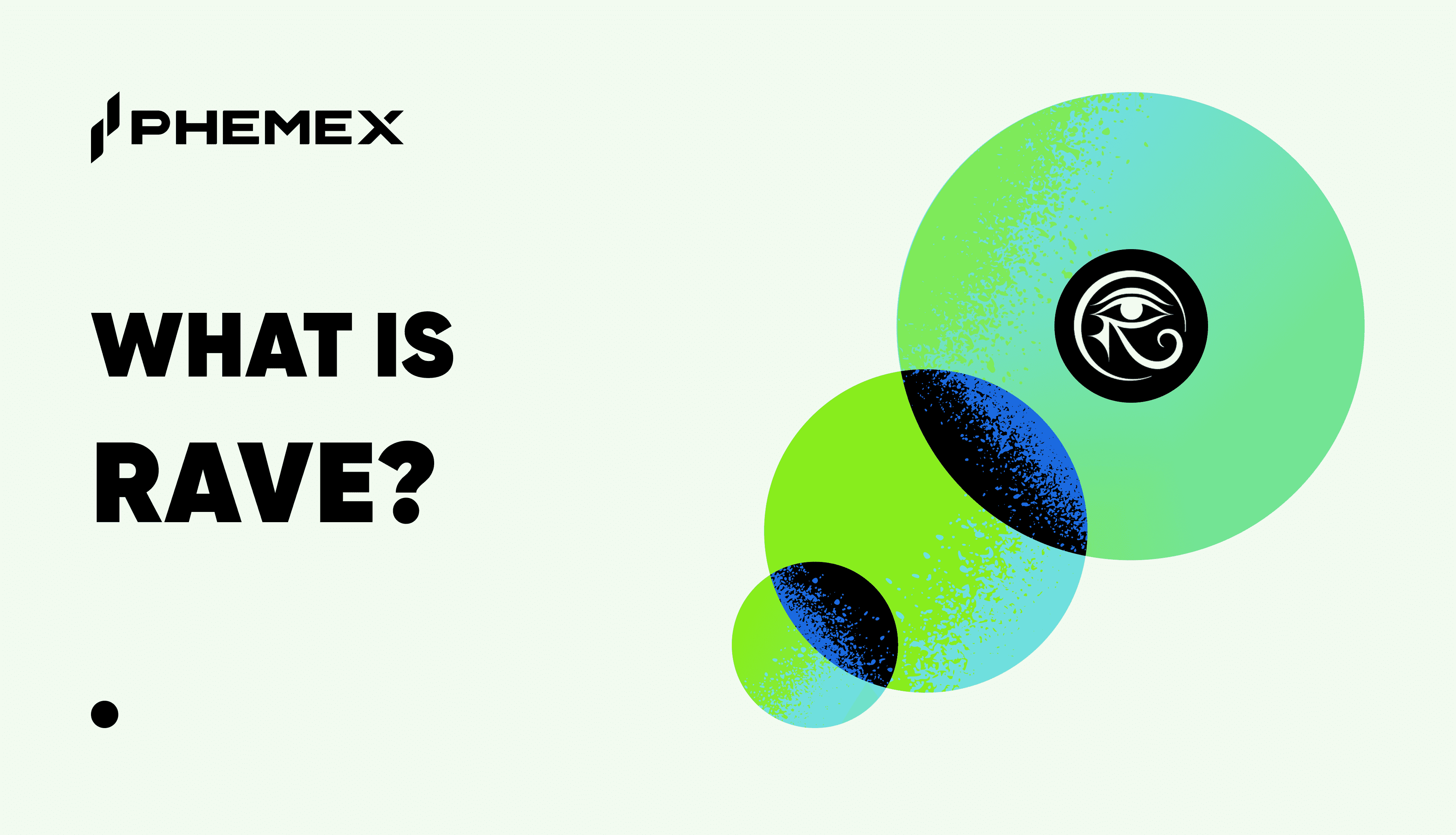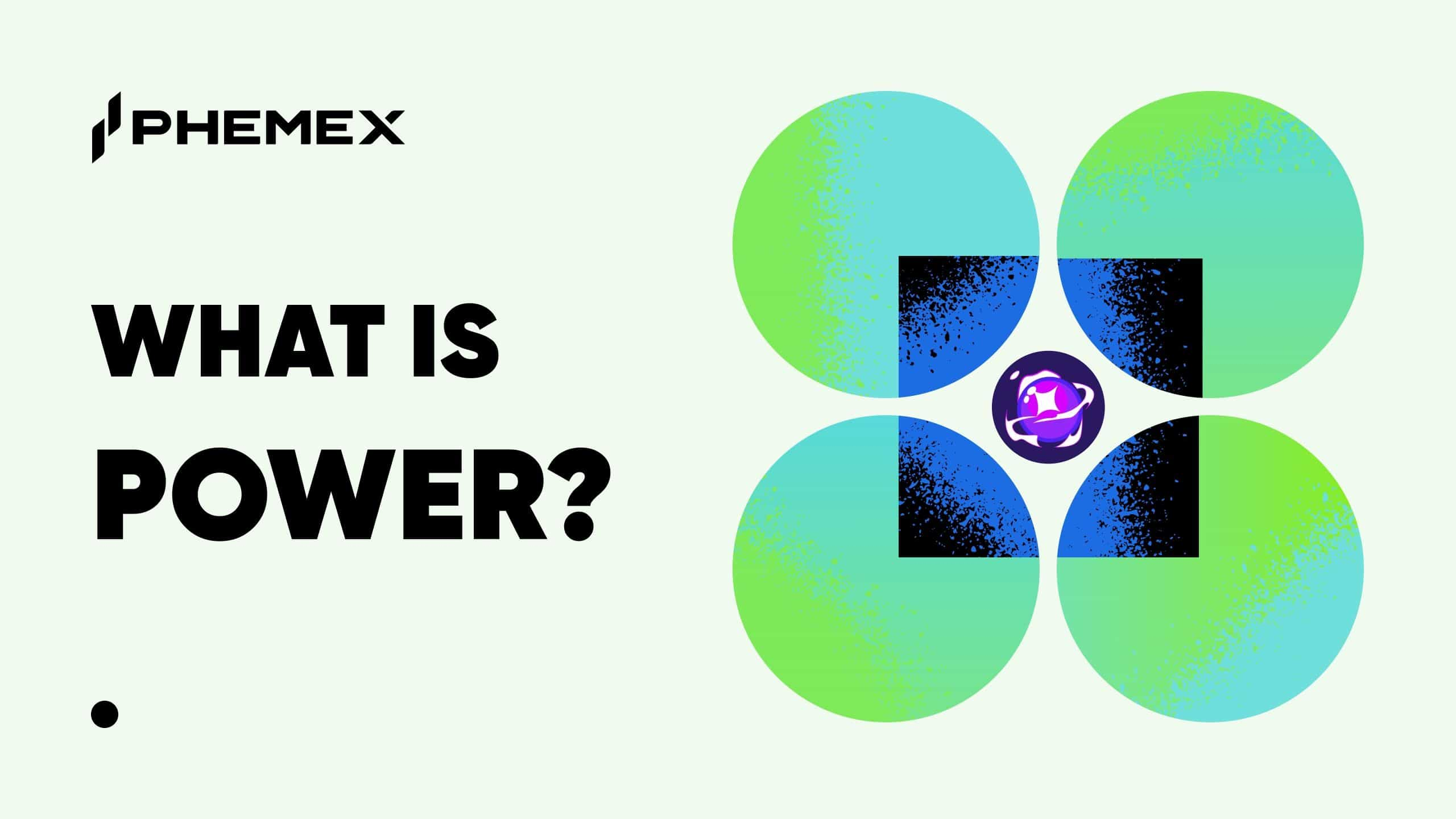Introduction
The XDC token is the native cryptocurrency of the XDC Network, a blockchain platform launched by XinFin in 2019, designed for enterprise-grade applications in trade finance and real-world asset (RWA) tokenization. This Phemex Academy guide explores XDC’s core mechanics, token utility, and its role in the evolving blockchain landscape, helping traders and developers understand its significance amid growing institutional adoption.
Summary Box (Quick Facts)
-
Token Name: XDC
-
Ticker: XDC
-
Contract Address: 0xd285d62d81d4d57cd1baad503ce71d2149ba2990
-
Total Supply: 38.02B XDC
-
Circulating Supply: 17.74B XDC
-
Current Market Cap: $1.29B
-
Type: Utility and Governance Token
-
Chains: XDC Network (EVM-compatible, with Layer-2 subnets)
*Data as of September 30, 2025, per CoinMarketCap.
What Is XDC Token?
The XDC token powers the XDC Network, enabling transaction fees, staking, and governance. Built on the ERC-20 standard for Ethereum compatibility, it supports low-cost, high-speed transactions for trade finance, DeFi, and RWA tokenization. The token facilitates network operations and incentivizes participation through staking rewards.
What Is the XDC Network?
The XDC Network is a Layer-1 blockchain using a Delegated Proof of Stake (DPoS) consensus mechanism, optimized for enterprise use. It processes up to 2,000 transactions per second (TPS) with near-instant finality and gas fees below $0.0001. Its hybrid architecture supports public transactions and private Layer-2 subnets for institutions.
Key features:
-
Scalability: Handles high transaction volumes for trade finance and DeFi.
-
EVM Compatibility: Supports Ethereum-based dApps and tools.
-
Subnets: Enables private sidechains for governments and businesses.
-
Security: Enhanced by XDC 2.0’s Byzantine fault tolerance (BFT) and forensics monitoring.
Mission
The XDC Network aims to boost global GDP by facilitating efficient trade finance and asset tokenization. It seeks to bridge traditional finance and blockchain through regulatory compliance (e.g., ISO 20022, MiCA Crypto Alliance) and partnerships with institutions like SBI Japan and R3 Corda, promoting secure, transparent cross-border transactions.
XDC Token Allocation and Distribution
XDC has a total supply of 38.02B tokens, with 17.74B in circulation as of September 2025. Rewards are distributed to incentivize network participation:
|
Category |
Percentage |
Amount (XDC) |
Purpose |
|---|---|---|---|
|
Infrastructure Reward |
40% |
Varies |
Masternode operators (10M XDC stake required per node) |
|
Staking Reward |
50% |
Varies |
Distributed to masternode voters |
|
Foundation Reward |
10% |
Varies |
Supports network development |
-
Staking: Over 2.66B XDC ($300M+) locked in masternodes and DeFi protocols like PrimeStaking.
-
Slashing: Non-compliant masternodes face reward loss or stake reduction.
-
DeFi Utility: Liquid staking yields tradable psXDC for DeFi participation.
What Does the XDC Token Do?
The XDC token supports multiple roles:
-
Transaction Fees: Covers smart contract execution and network operations.
-
Staking: Secures the network via masternode operation.
-
Governance: Allows voting on protocol upgrades.
-
DeFi Access: Enables gasless dApps and cross-chain transfers via integrations like Etherspot and LayerZero.
Key Characteristics of XDC Token
|
Attributes |
Details |
|---|---|
|
Transaction Throughput |
Supports up to 2,000 TPS, suitable for enterprise applications. |
|
Transaction Costs |
Gas fees typically below $0.0001. |
|
Regulatory Alignment |
Complies with ISO 20022 standards and MiCA Crypto Alliance requirements. |
|
Institutional Partnerships |
Collaborates with VERT Capital, Archax, and R3 Corda for RWA tokenization and trade finance. |
|
Sector Focus |
Primarily focused on trade finance and RWA tokenization, which may limit retail adoption. |
|
Utility |
Pays for transaction fees and enables DeFi and governance functions. |
|
Staking Requirement |
10M XDC per masternode ensures decentralization. |
*Data as of September 30, 2025, per CoinMarketCap.
XDC vs. Ethereum
|
Feature |
XDC Network |
Ethereum |
|---|---|---|
|
Focus |
Trade finance, RWA tokenization |
General-purpose dApps |
|
Consensus |
DPoS with BFT |
Proof of Stake |
|
Transaction Speed |
2,000 TPS |
~15-30 TPS |
|
Gas Fees |
<$0.0001 |
$0.50-$5 (varies) |
|
Market Cap |
$1.29B |
$400B+ |
|
Key Feature |
ISO 20022 compliance, subnets |
Smart contract pioneer |
*Data as of September 30, 2025, per CoinMarketCap.
How XDC Network Differs from Other Cryptocurrencies
The XDC Network has distinct features compared to other Layer-1 blockchains like Ethereum, Ripple (XRP), and Stellar (XLM), particularly in its focus and technical design:
-
Specialized Focus: Prioritizes trade finance and RWA tokenization, such as tokenized invoices and money market funds, unlike Ethereum’s general-purpose dApp ecosystem or Ripple and Stellar’s emphasis on cross-border payments.
-
Hybrid Architecture: Combines public transparency with private Layer-2 subnets for institutional use, differing from Ethereum’s fully public blockchain or Stellar’s public ledger.
-
Transaction Efficiency: Processes up to 2,000 TPS with fees under $0.0001, compared to Ethereum’s 15-30 TPS and $0.50-$5 fees, or Ripple’s 1,500 TPS with minimal fees.
-
Regulatory Compliance: Aligns with ISO 20022 standards and MiCA regulations, similar to Ripple but with a broader trade finance scope, unlike Ethereum’s less regulated focus.
-
Partnerships: Collaborates with VERT Capital for $1B in Brazilian asset tokenization, Archax for tokenized money market funds from abrdn, BlackRock, Fidelity, and State Street, and R3 Corda for trade document tokenization, contrasting with Stellar’s focus on financial inclusion partnerships.
The Tech Behind XDC
XDC Network leverages a DPoS consensus with XDC 2.0’s BFT security and forensics monitoring, developed by Princeton’s Professor Pramod Viswanath. It supports:
-
EVM Compatibility: Runs Ethereum-based smart contracts.
-
Subnets: Private sidechains for institutional use.
-
Interoperability: Integrates with R3 Corda and ISO 20022 standards.
-
Scalability: Processes transactions in under 2 seconds.
Team & Origins
Founded by XinFin in 2017, the XDC Network’s mainnet launched in 2019. The team, guided by experts like Professor Promod Viswanath, focuses on enterprise blockchain solutions, with a global community driving adoption through partnerships and accelerators.
Key News & Events
-
June 2025: Marked 6 years of mainnet, processing 801M+ transactions.
-
July 2025: VERT Capital to tokenize $1B in Brazilian debt and receivables.
-
August 2025: Launched tokenized MMFs from abrdn, BlackRock, Fidelity, and State Street via Archax.
-
September 2025: Second RWA Accelerator cohort with Plug and Play for startup innovation.
Tips for Getting Started
-
Why Use XDC: Ideal for staking, governance, or accessing trade finance and DeFi tools.
-
Stay Informed: Monitor market data on Phemex and network updates on XinFin.org.
-
Research First: Review XDC’s contract on XDCScan.io and DYOR.
How to Trade XDC on Phemex
XDC is available on Phemex for spot & futures trading. Here’s how to start:
- Sign up or log into your Phemex account.
-
Deposit funds like USDT into your wallet.
-
Choose your trade amount and buy—hold or trade as you like.
FAQ
-
What is XDC Network? A Layer-1 blockchain focused on trade finance and RWA tokenization.
-
How is it different from Ethereum? XDC offers higher TPS (2,000 vs. ~15-30) and lower fees, with a trade finance focus.
-
Is XDC safe? Uses DPoS with BFT security and slashing for compliance.
-
What’s next for XDC? Expanding RWA tokenization and institutional partnerships in 2025-2026.
Conclusion
XDC token drives a blockchain tailored for trade finance, RWA tokenization, and enterprise applications. Its scalability, low fees, and institutional partnerships position it uniquely in the blockchain space, though its niche focus requires careful consideration. Stay updated with Phemex Academy for the latest on XDC and blockchain trends.








